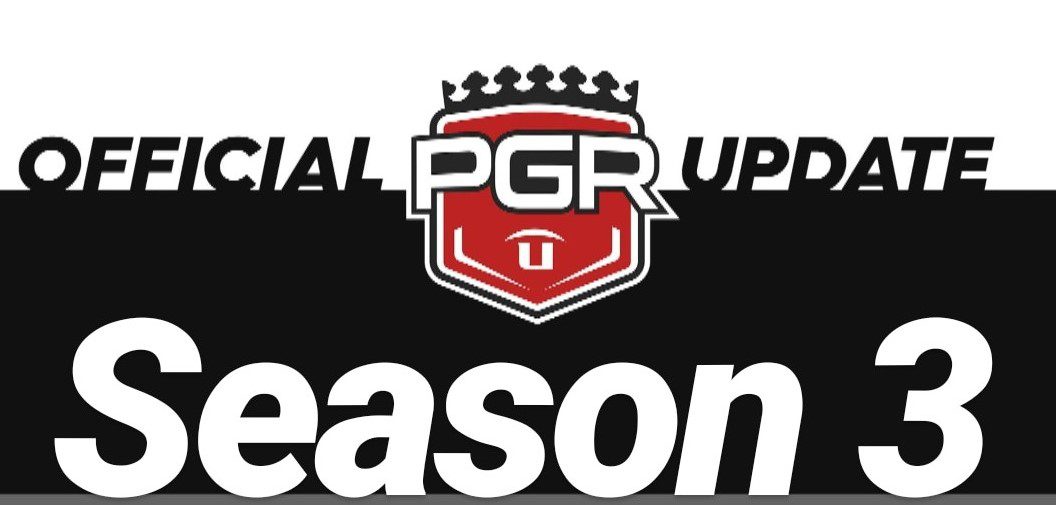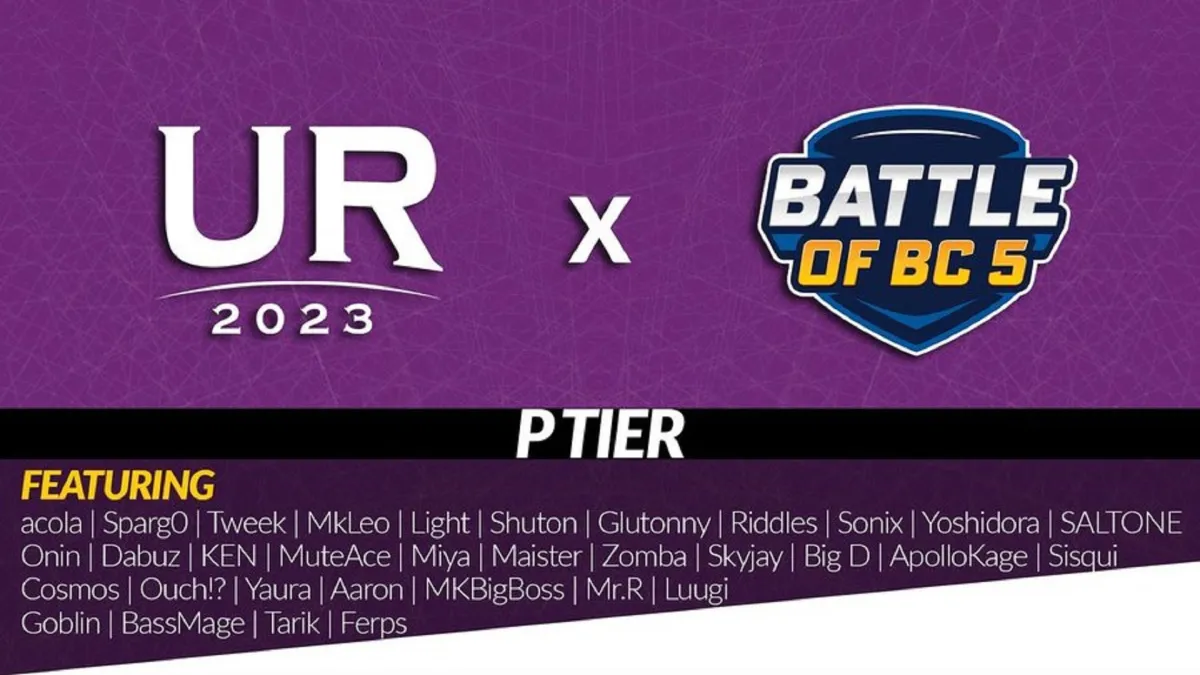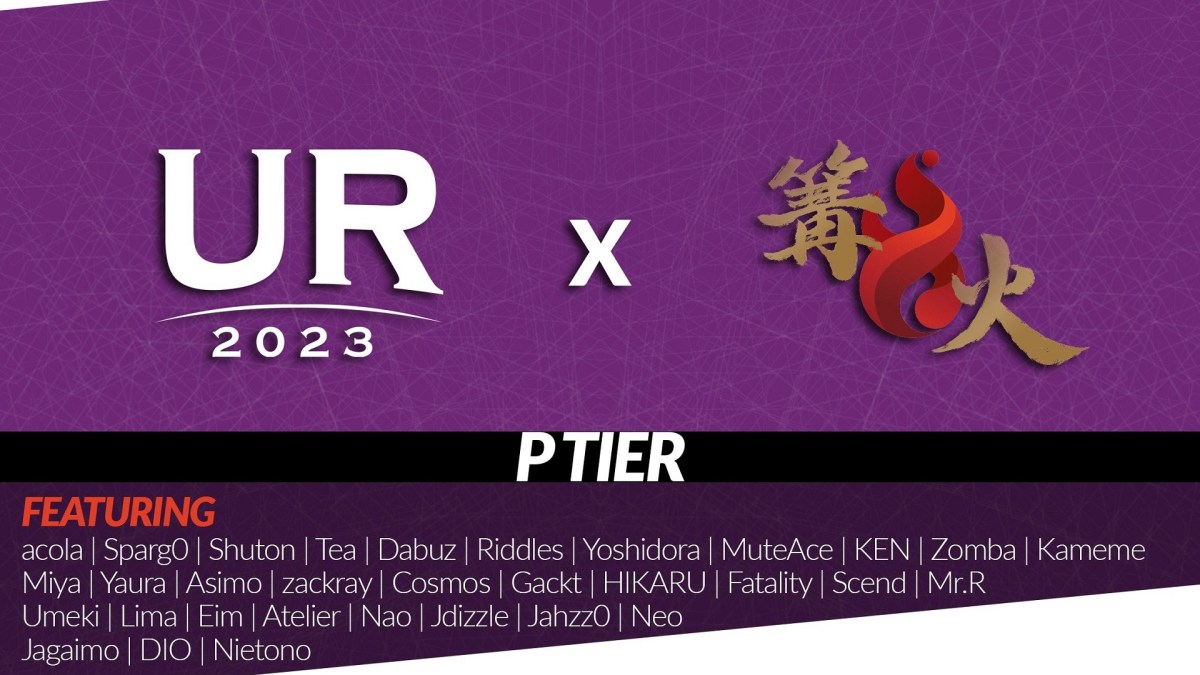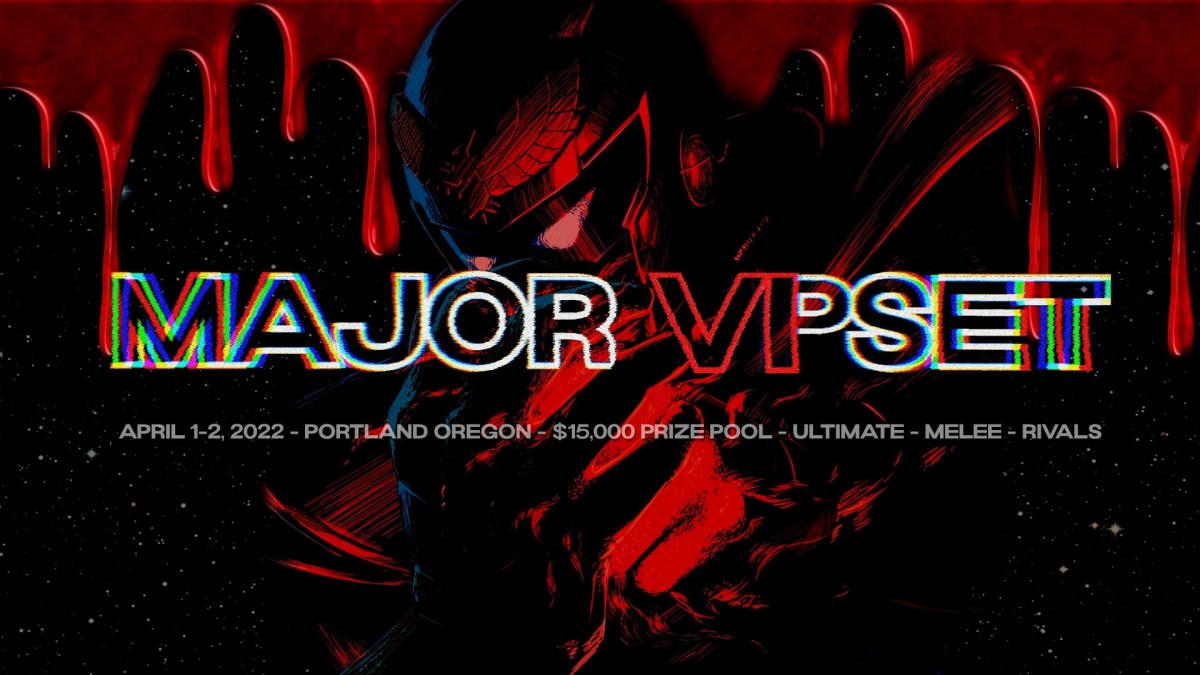PGStats announced many changes to the PGRU for the spring 2020 season on Jan. 23. The announcement came in two formats: a video presentation by Luis “Suar” Suarez and an article by Andrew “PracticalTAS” Nestico. You can watch Suar’s video below to see how things are changing for Super Smash Bros. players:
Two of the most notable changes to the PGRU for season three will make it more similar to Melee’s MPGR. First, the rankings will no longer be determined by an algorithm but will instead be panel-based. The PGStats team is seeking out panelists from a diverse array of regions. As a result, they hope the new system will accurately reflect the opinions of the Smash community at large.
Second, the PGRU will now include 100 players, unlike all previous iterations, which have ranked 50 players. Both the spring and fall editions of the rankings will feature 100 players. This differs from the MPGR, which ranks 50 players in the summer and 100 players in the winter.
The announcement of these changes to the PGRU comes after widespread criticism of the algorithm ranking method. Many Smashers complained that the Fall 2019 PGRU underrated players like William “Leffen” Hjelte and Alexis “Goblin” Stennett, among others. Conversely, many held that “Ron” and some other Japanese players were overrated. With this overhaul to the ranking system, Smash community members may have more of a voice regarding who gets ranked.
Other changes to the PGRU’s TTS
The Tournament Tier System will remain in place for Super Smash Bros. Ultimate’s third competitive season. The TTS gives value to tournaments based on their entrant totals and the number of PGR-ranked players in attendance. However, PGStats did announce multiple changes to the TTS for this PGRU season.
The C-tier through S-tier thresholds will remain the same for the United States and Japan. This means that Japanese tournaments will still require fewer players than the States to reach each given threshold. However, every other region in the world will be given an additional bonus, making it easier for their events to reach PGR status. These international events will need 120 players for a C-tier tournament and 720 for an S-tier tournament. The international multipliers will be evaluated and possibly changed at the end of season three.
Area 51 players will now contribute to a tournament’s PGR status with the same value as players ranked in the 31-50 range. In addition, a mid-season TTS update will allow up to five “rising stars” to contribute to a tournament’s PGR status.
Another one of the PGRU changes is that S-tiers will have one DQ buffer. This prevents tournaments from dropping to A-tier because one PGR player dropped out, as was the case with Glitch 7. However, tournaments may lose their S-tier status if they had free online entry and several DQs (like MomoCon 2019).
Finally, PGStats plans to implement an off-season. It seems unlikely that this could happen in the summer. Nevertheless, PGStats is communicating with tournament organizers to see if such an off-season is possible in the winter. Though there are many PGRU TTS changes, it is unclear how much they matter given the new panel-based ranking system.

















Published: Jan 24, 2020 03:09 am